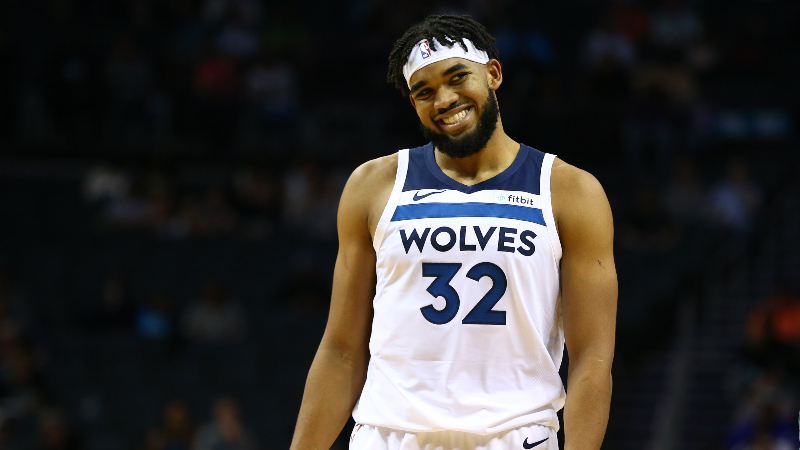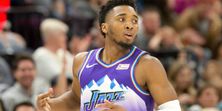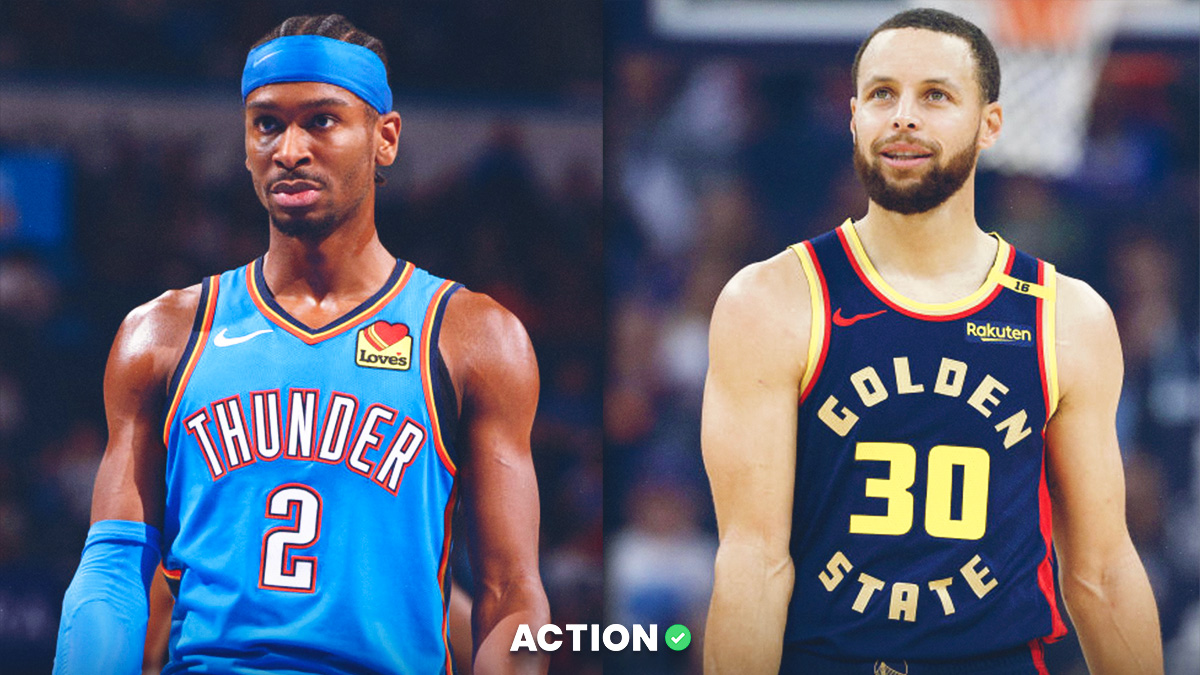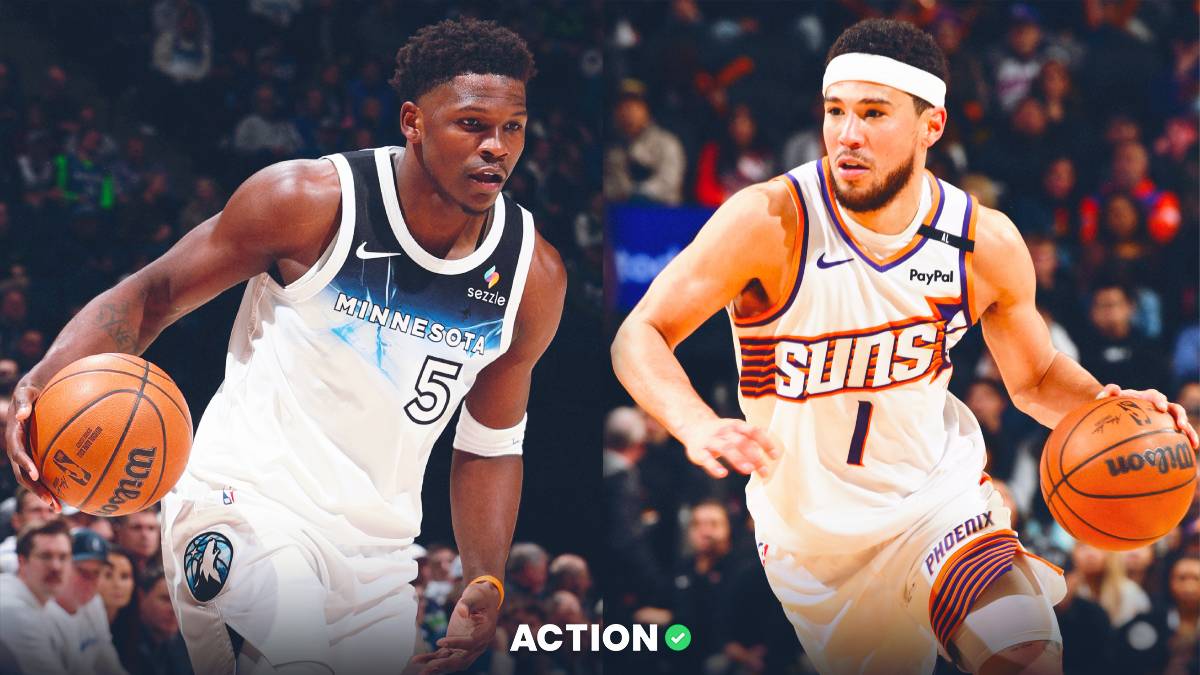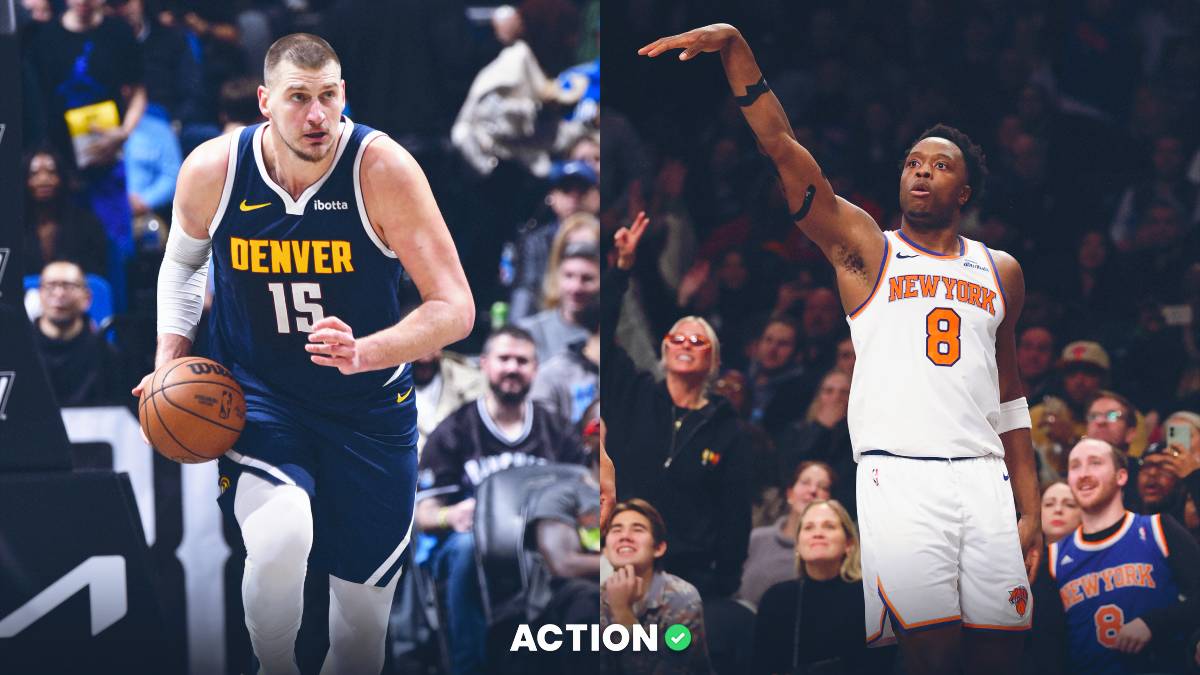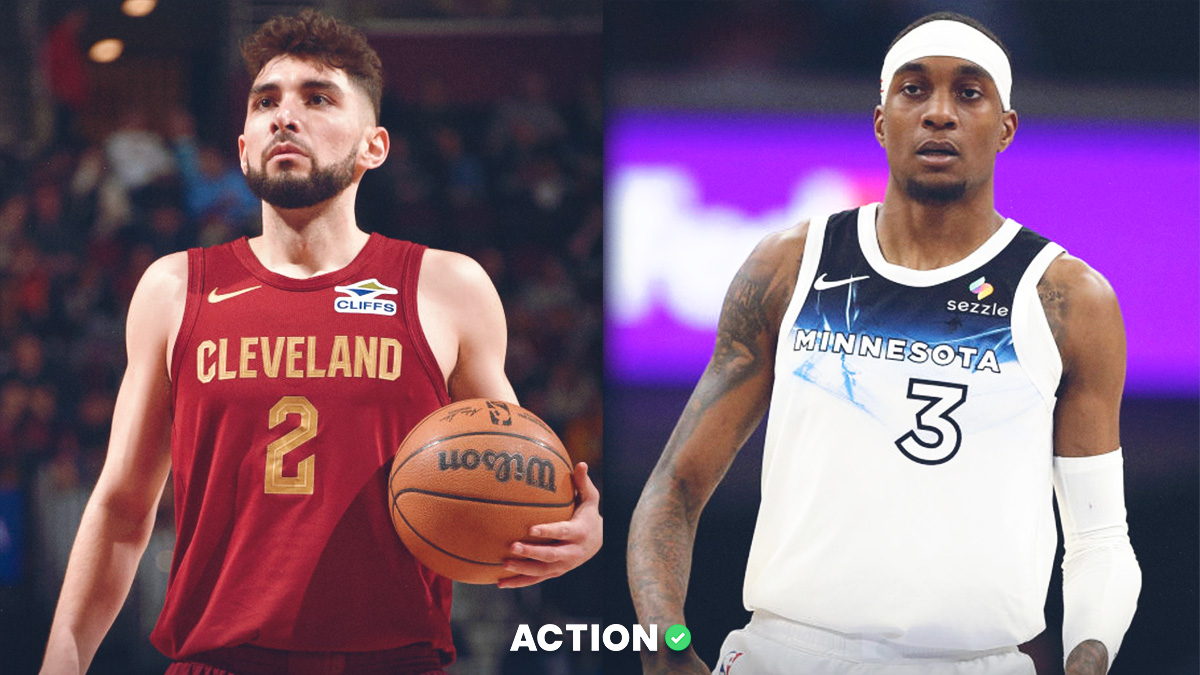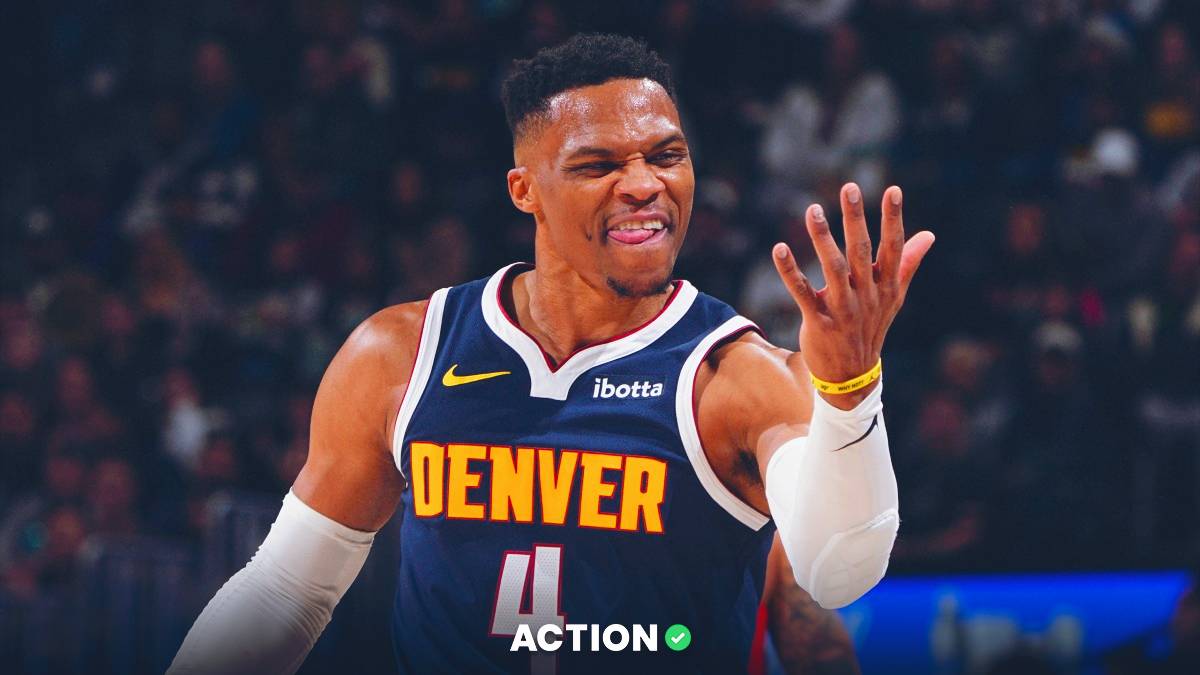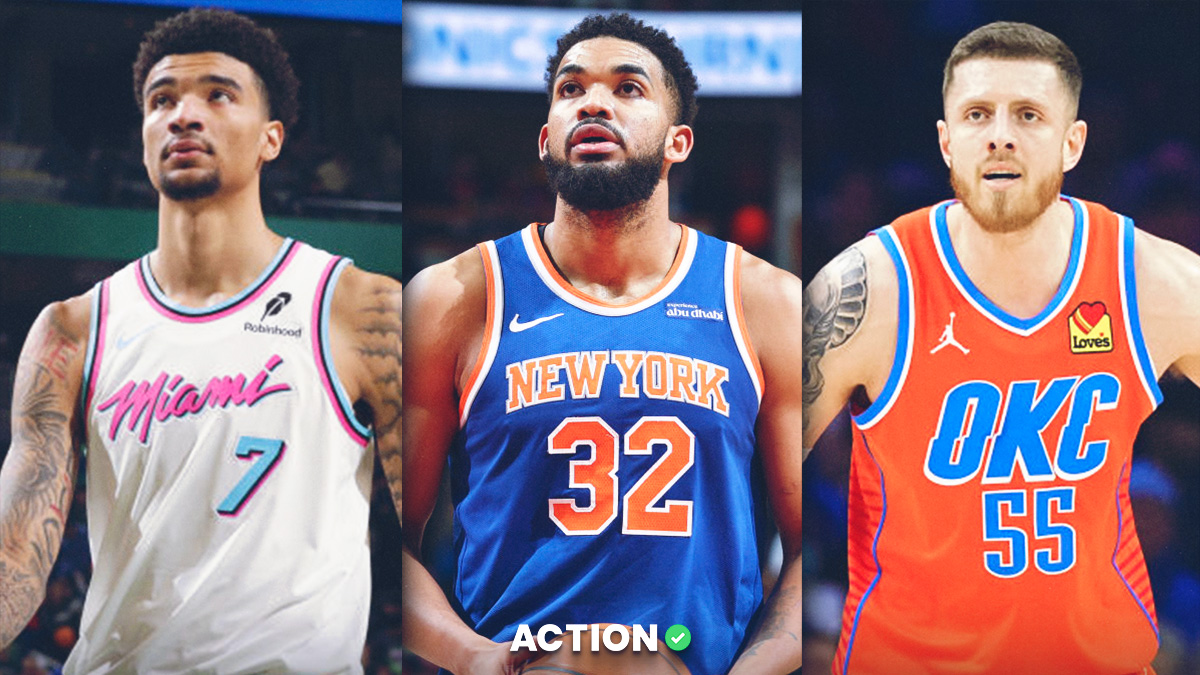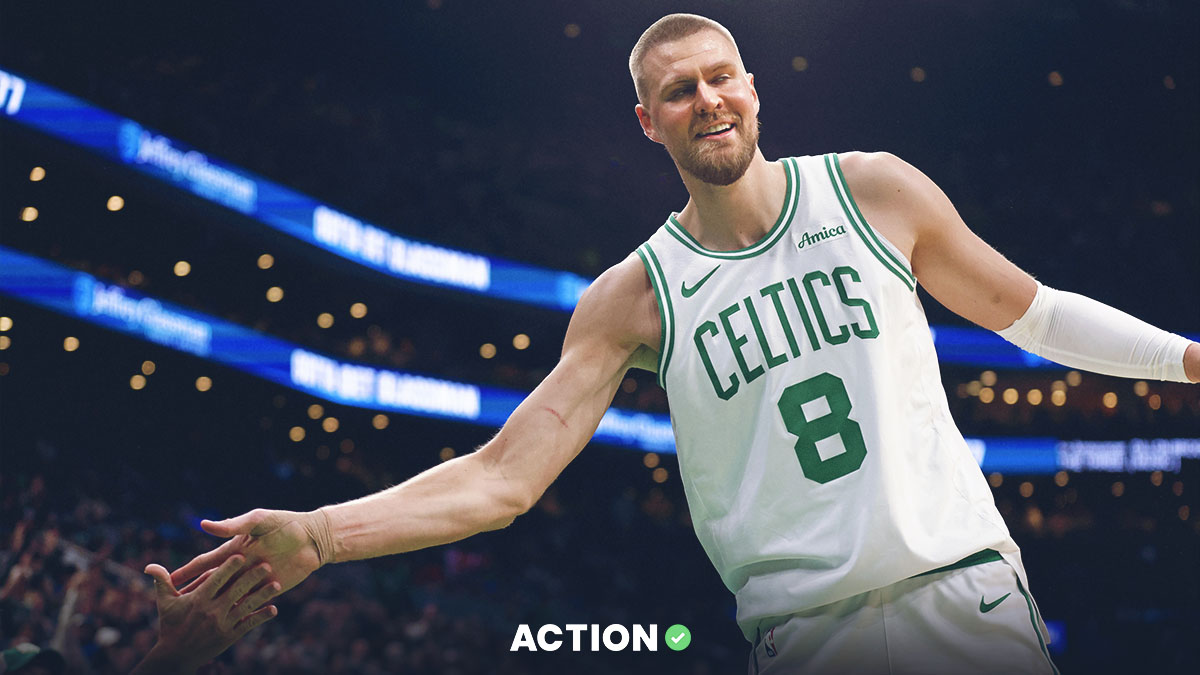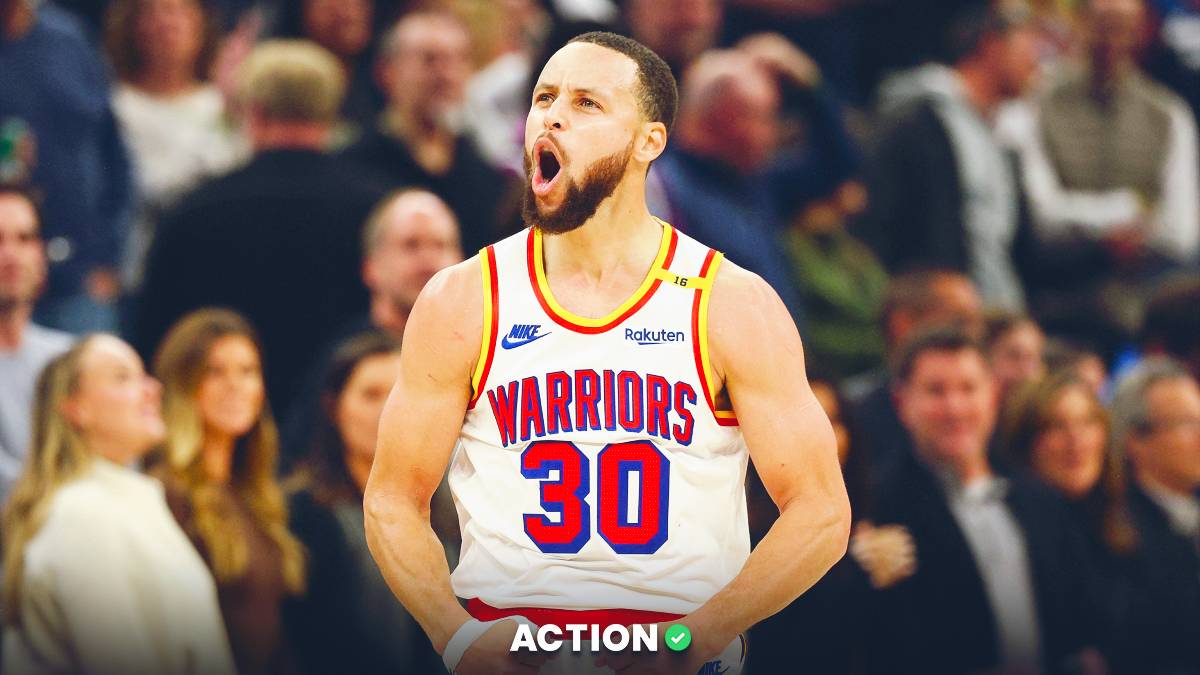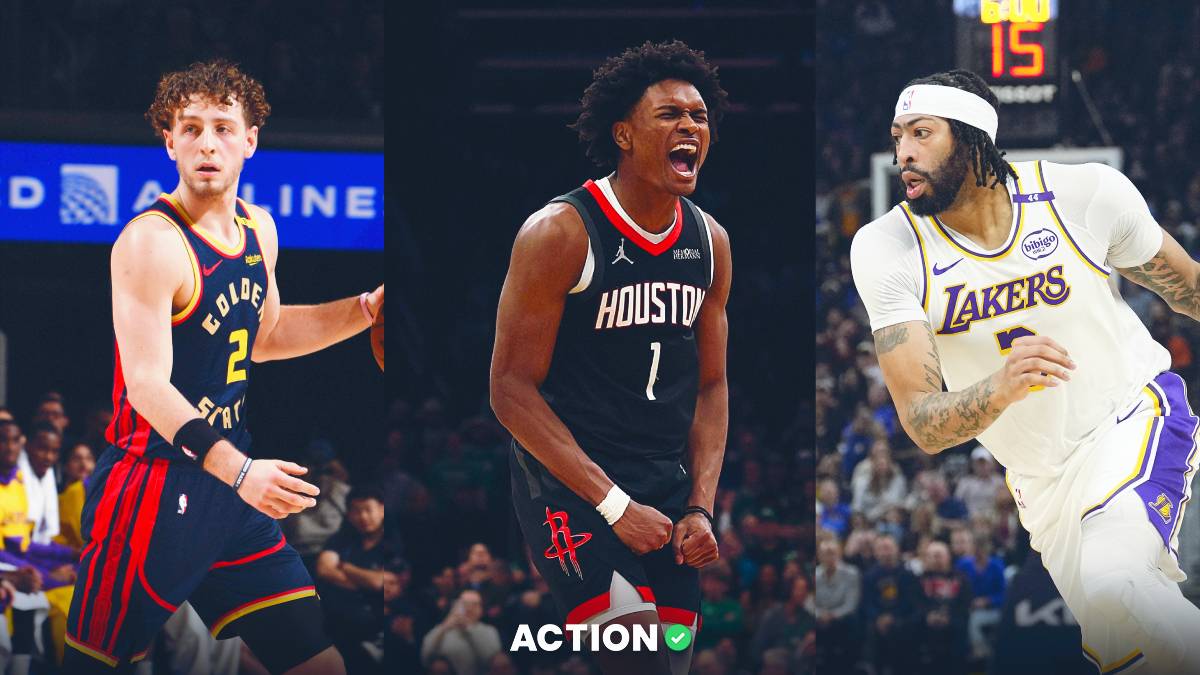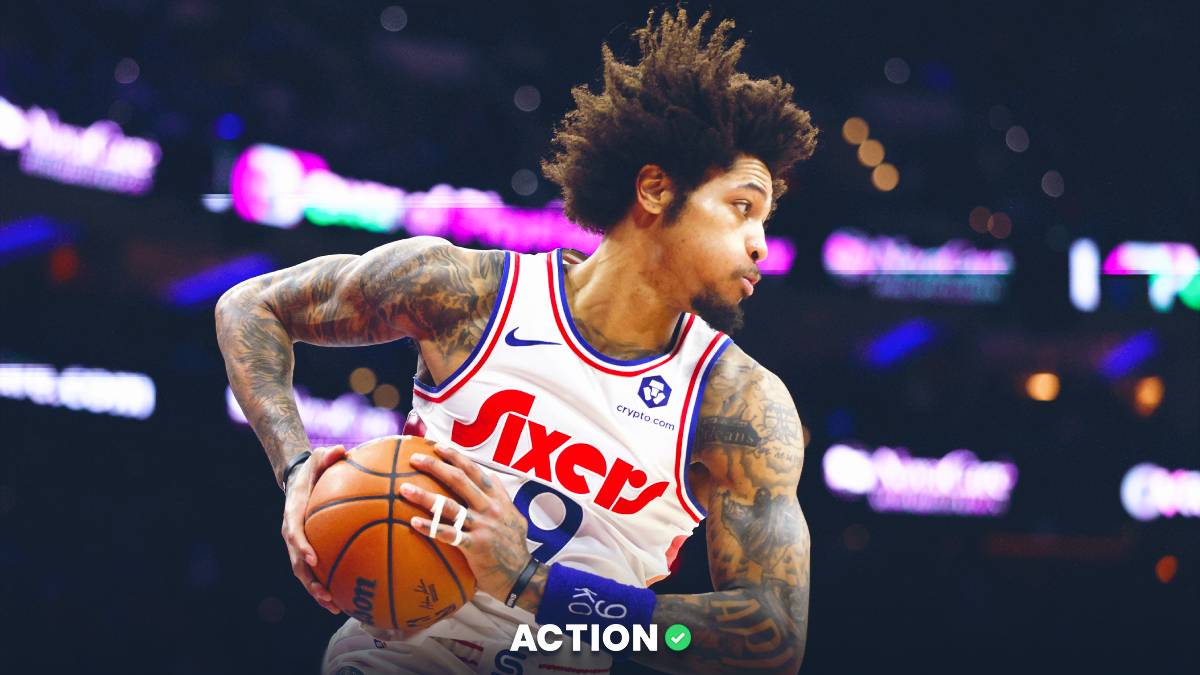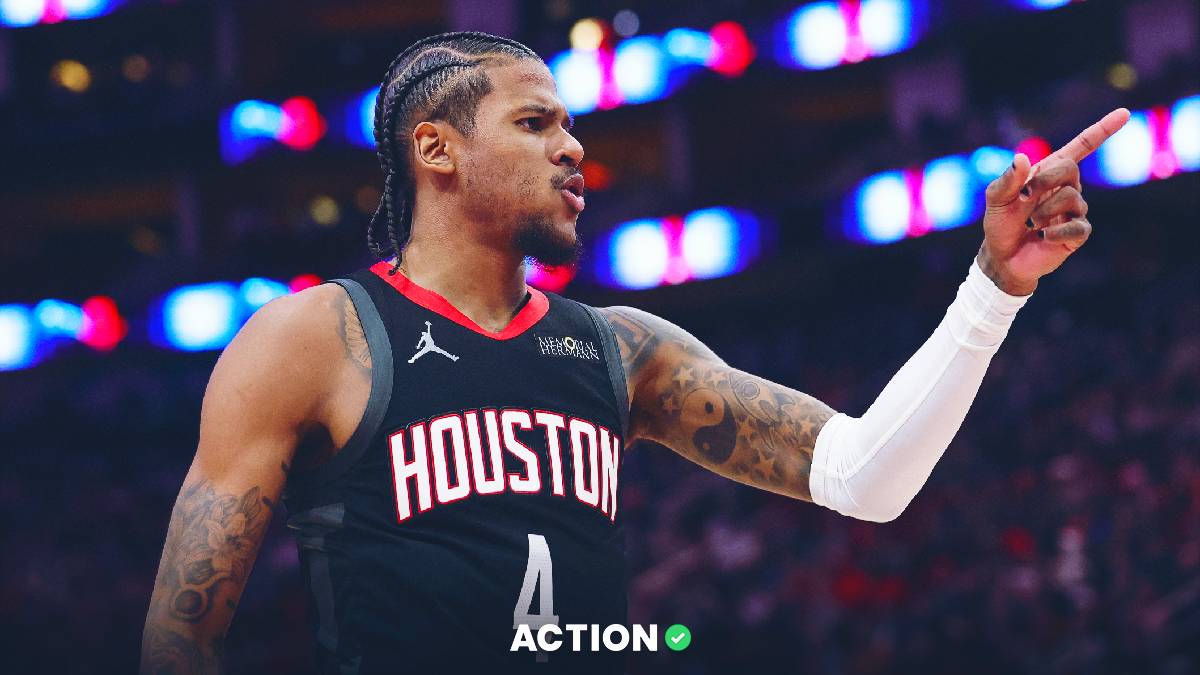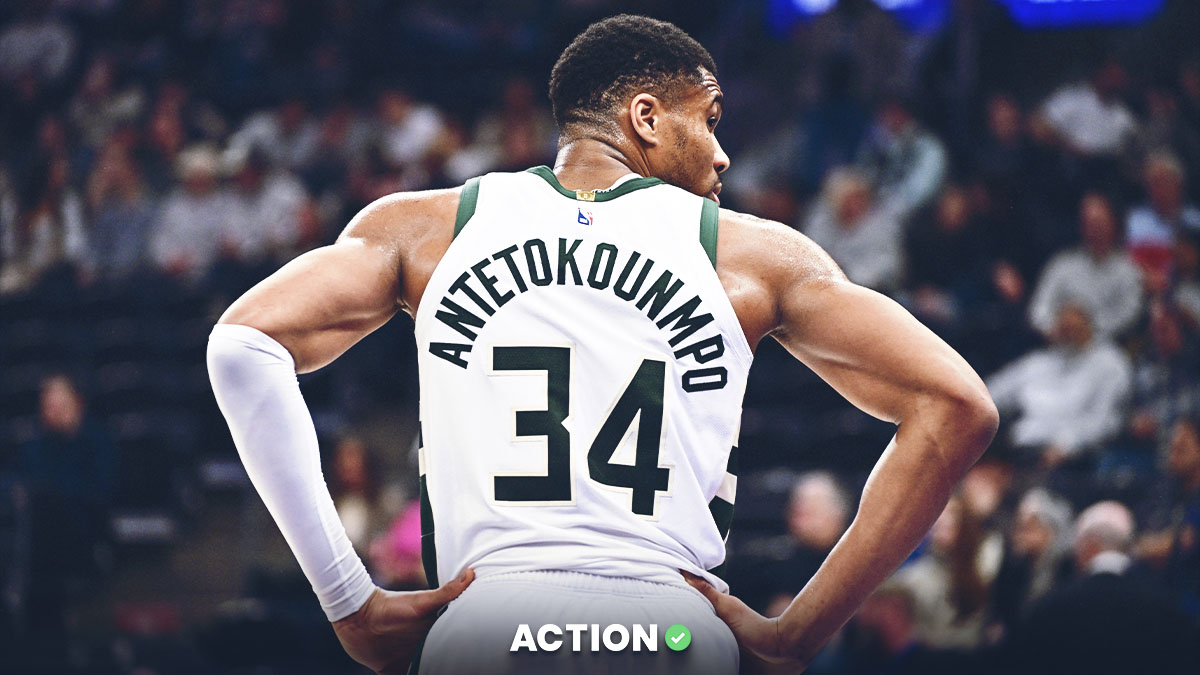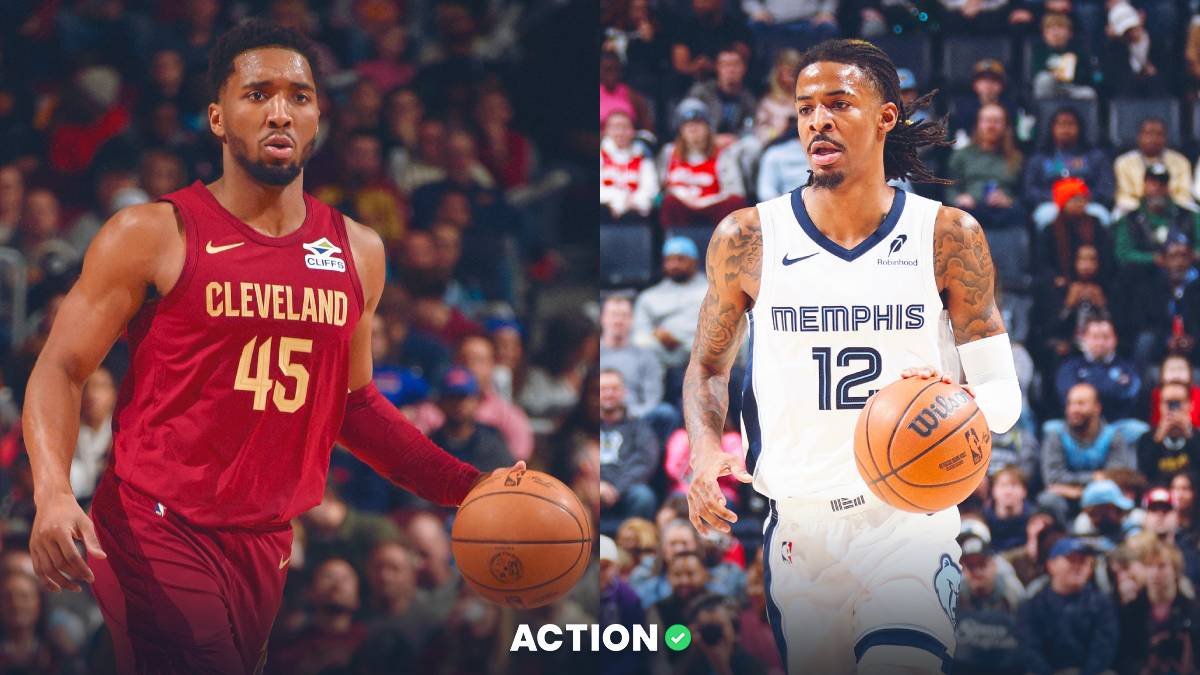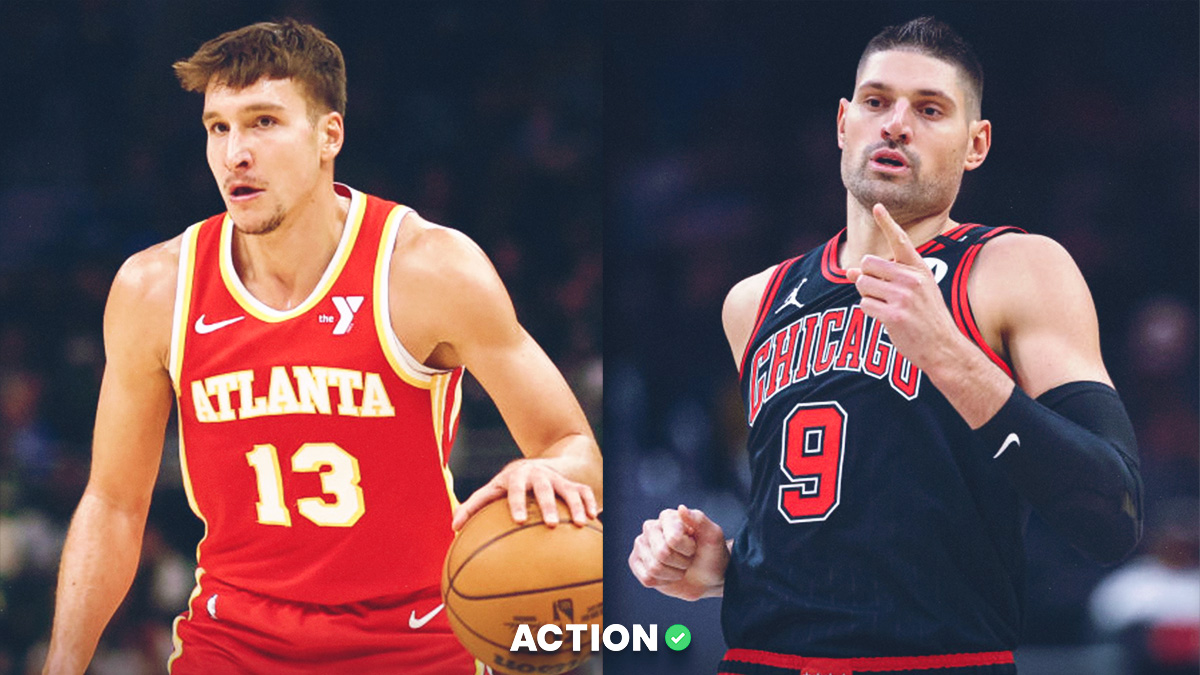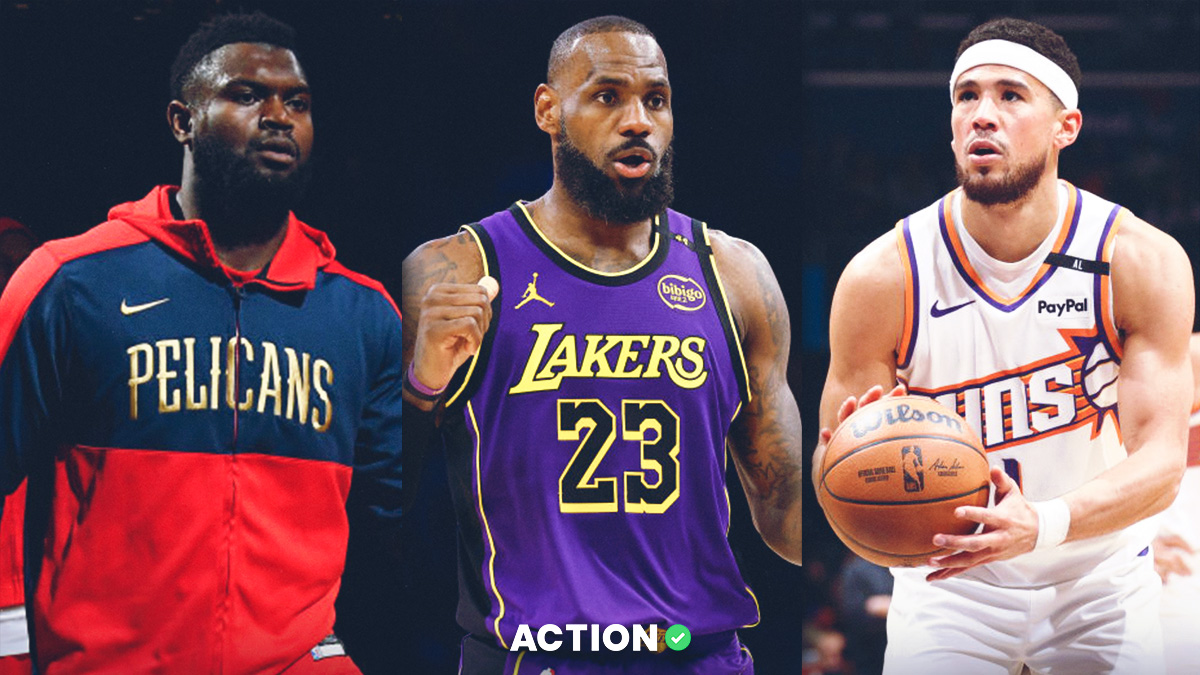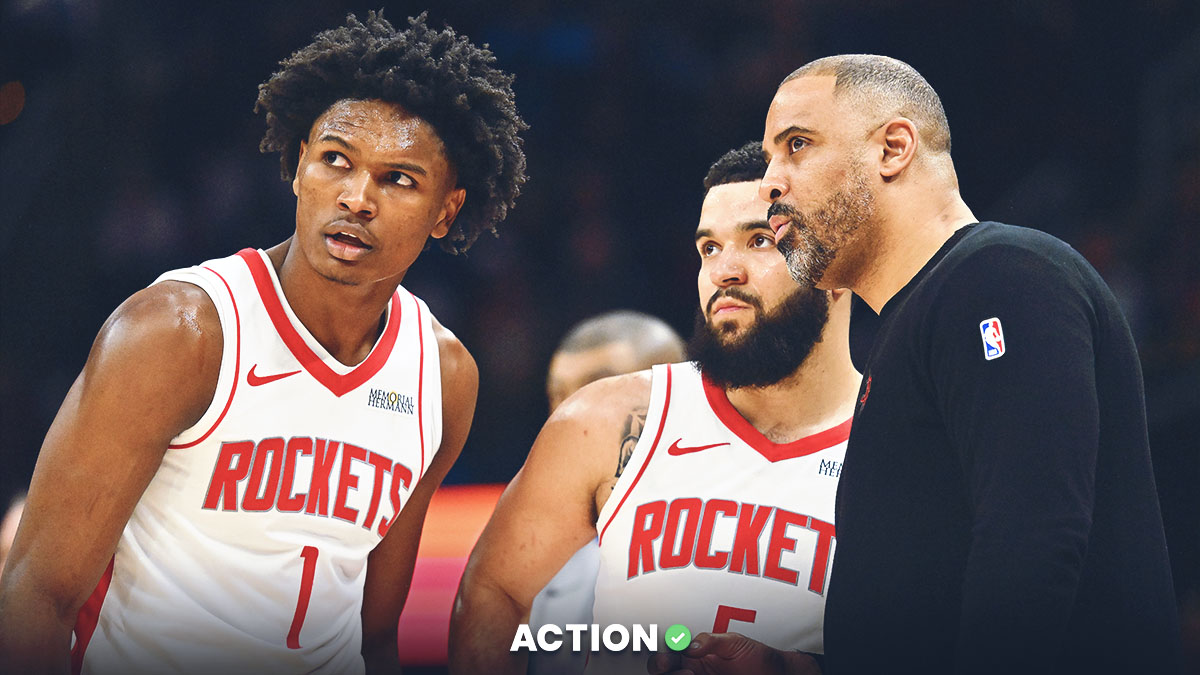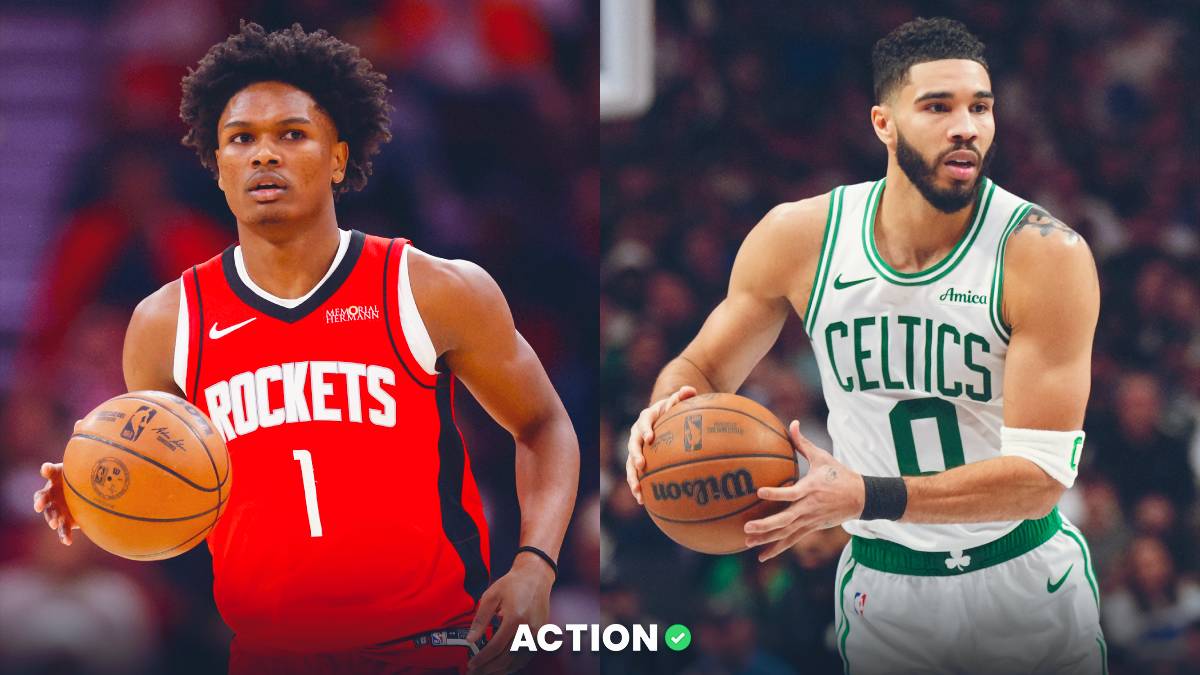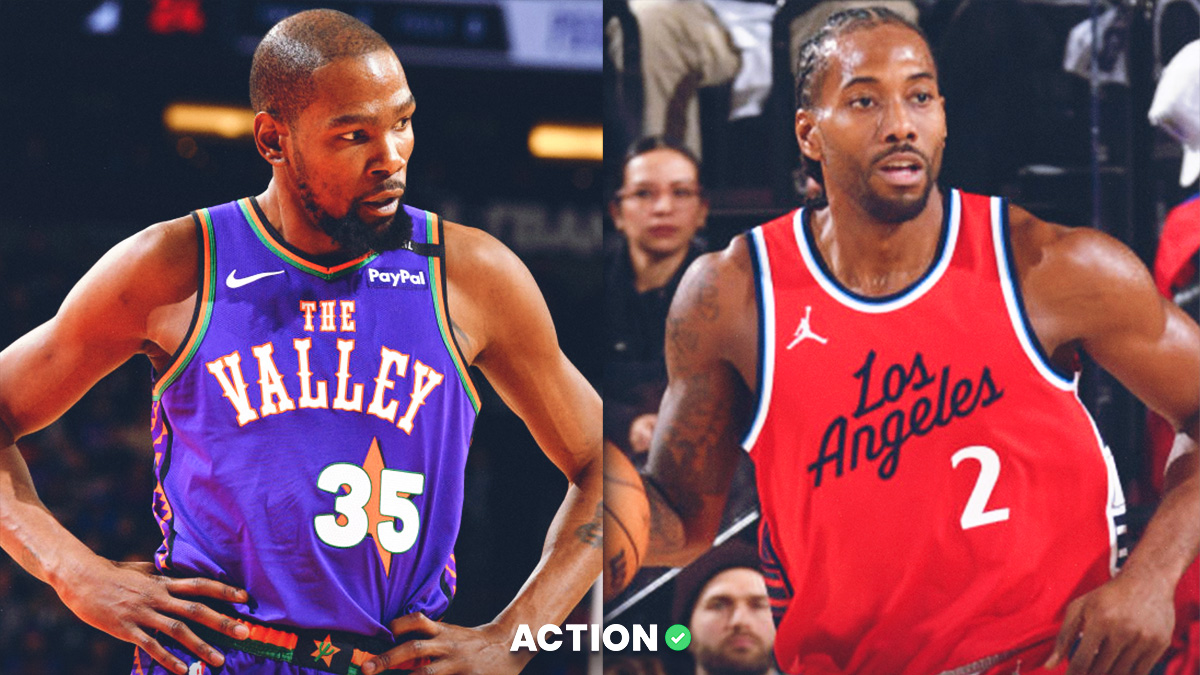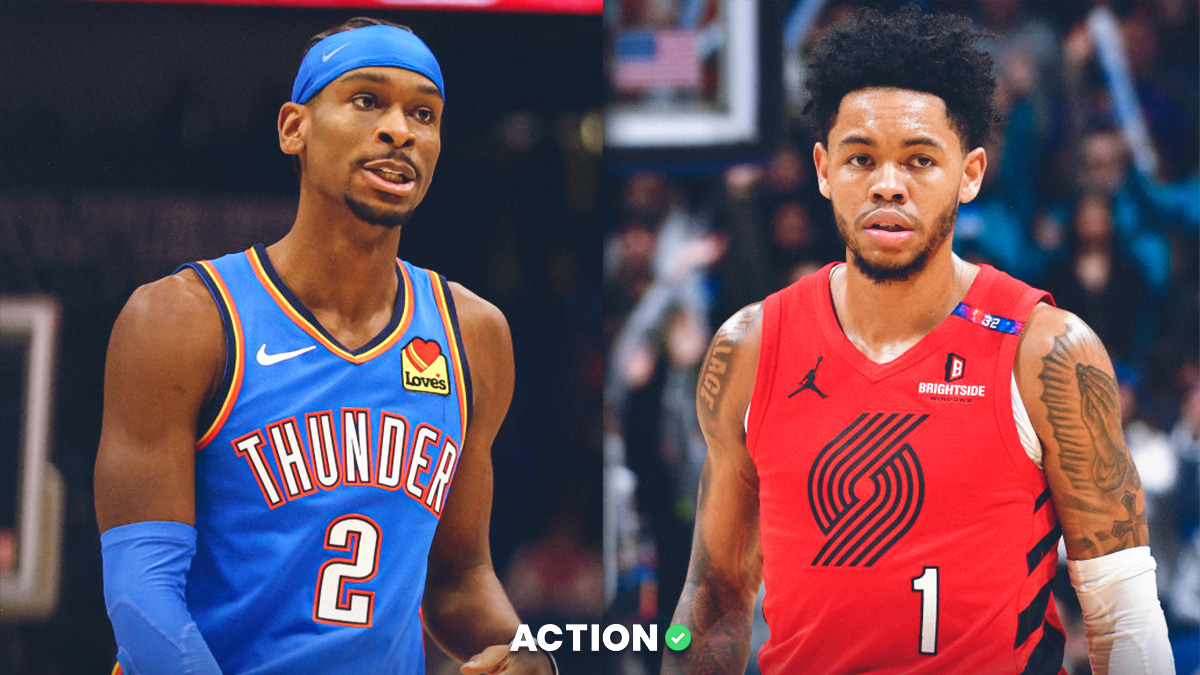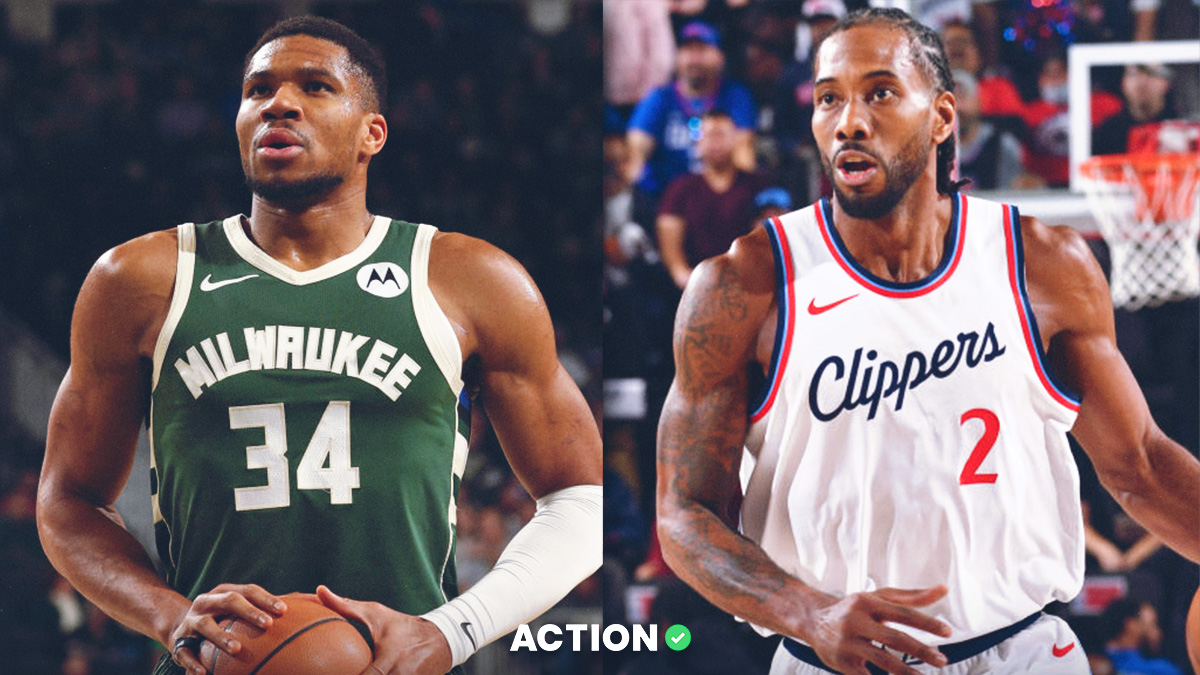After just three games this season, Karl-Anthony Towns has thrust himself into the early MVP conversation with some absolutely monster performances.
With that in mind, our NBA experts break down what is making Towns so dangerous this season and his realistic chances of taking home some hardware.
Wob: What Does a KAT MVP Campaign Look Like?
It can’t possibly happen, right? The odds of Towns winning the 2020 NBA MVP award (30/1) were greater than what Andy Ruiz Jr. was the night he stepped into the ring with Anthony Joshua.
Remember those adorable UMBC Retrievers who upset the mighty Virginia Cavaliers and became the first 16-seed to ever upset a 1-seed in NCAA tournament history? They were 25/1.
We can put it into historical context all day, but the dream is quickly becoming a reality with every passing game that goes by. Something happened to this man over the offseason.
I don’t know if it was personal, if he has a special bonus clause hidden deep in the fine print of his contract we don’t know about or if the ghost of Kevin Garnett has possessed him, but KAT has blasted out of the gates this 2019-2020 campaign with a ferocity unlike anything we’ve ever seen throughout his career.
Again, I’d like to ask: why now?
On paper, this Timberwolves team did not get any better during free agency and honestly whiffed during the most buyer-friendly summer in decades. They replaced Derrick Rose and Taj Gibson with Noah Vonleh and Jake Layman, while Gorgui Dieng continues to do snow angels butt naked in his 16.2 million dollars.
Andrew Wiggins continues to be a walking, breathing B-, as he opened the season shooting 20-of-51 from the field before going nuclear in the fourth quarter against Miami.
Josh Okogie’s minutes have been siphoned out to rookie Jarrett Culver. And yet, through it all, Towns has evolved into the unicorn so many saw the potential in him to become. Just look at his per-game numbers so far:
- 32.0 points per game
- 13.3 rebounds per game
- 52.5% from the field
- 51.7% on 3-pointers (9.7 attempts)
These per-game box score statistics are eye-popping career-highs for him but only carry so much weight due to the sample size of contests played.
What stands out here above all is the 3-point attempts per game. All of a sudden, Karl-Anthony Towns is firing off 3s like he’s James Harden. And the scary part is … he’s making them. Like more than half.
No human 7-feet tall should have the ability to handle the ball and create a shot for himself like this:
This is a center doing this move😳
🎥 @NBATVpic.twitter.com/B4AXgn05wy
— Ballislife.com (@Ballislife) October 27, 2019
We’ll get to this more in a minute, but as the self-appointed oracle of this bandwagon: How does Towns actually get to the MVP?
1) The Minnesota Timberwolves are 3-0. That’s great, but it can’t be a flash in the pan; the team will likely have to be at least a No. 6 seed in the West for anyone to take his campaign seriously.
2) Wiggins. Despite his elite athleticism and undeniable talent, Wiggins’ production volatility has proved to be too inefficient to be consistent over the course of an 82-game schedule into the playoffs.
How the Timberwolves proceed with their highest-paid player will signify their win-now intentions more than anything. Do they continue to wait to see if he takes the next step, like KAT appears to be doing now? Or do they make a move to bring in someone who is more compatible with Towns’ game and really go for it?
I’m looking at you Chris Paul and D’Angelo Russell, two names who not only can match Wiggins’ salary in a trade, but whom we’ll be hearing plenty of rumors about before February’s deadline.
That is a discussion for another day, so for now let’s dive into what has made Towns so special so fast, and how he can bring the MVP to Minnesota.
Justin Phan: What's Different About KAT This Year?
New team president Gersson Rosas laid out the blueprint for Karl-Anthony Towns back in August. He made it clear from the start that the Wolves were going to build around KAT the same way the Rockets built around James Harden.
Rosas had firsthand experience as to what that process entailed, having worked under Daryl Morey in Houston. The plan was clear: Towns would serve as the fulcrum of the offense, and the Wolves would make a concerted effort to shoot more 3s while playing smaller and faster.
Those aren’t novel concepts, really. Run the offense through your best player. Math. But it marked a significant change in the team’s identity under former head coach Tom Thibodeau, where Towns took a back seat to Jimmy Butler and was repeatedly fed in the post.
What we’re seeing this season is Towns finally unleashed — allowed to showcase the full arsenal of skills he’s honed over the first four years of his career. The barrage of 3s and improved playmaking may come as a surprise to some, but he’s always had those weapons in his bag. It was just tough to do much of either from the paint while surrounded by poor shooters.
Towns sits just outside the top-10 in usage rate among qualified players (20-plus minutes per game), but it’s even more notable how much more efficient he’s gotten with it: 56.7% of KAT’s shot attempts last season were either within three feet or from beyond the arc. That’s up to a ridiculous 80.3% this season, in true Moreyball fashion.
It’s no surprise then that he’s posting a career-high effective field goal percentage (64.8%, second among players who have taken at least 40 shots).
The strides he’s made as a playmaker have been even more impressive. He’s not only managed to nearly double his assist percentage (17.2% to 27.4%) but has cut his turnover percentage by almost half (13.7% to 8.8%) in the process.
This all goes back to how he’s being utilized within the offense. And for the first time in his career, he’s being featured like the star he is and has been put in a position to flourish. We can dig into the numbers all day, but they won’t really convey how dominant Towns has been to this point.
Stick a traditional big on KAT? He’ll punish him from the perimeter, where he has a legitimate case as one of the best shooting big men ever (41.4% over his past three seasons). How about an undersized big man? He’ll overpower him in the post, where he’s ranked in the 86th and 74th percentile in the past two seasons.
The Heat had the most success of any team defending him in the second half of Sunday's game by throwing constant double teams his way, but they paid the ultimate price, allowing 16 points to Andrew Wiggins in the fourth quarter. There are few worse ways to lose a game than Death by Wiggins.
Matt Moore: Do the Film and Stats Agree?
Towns has taken the leap. I feel confident in saying that already. Whether he hits the significant thresholds to win MVP is going to depend on a lot of factors out of his control. Most notably, he needs either Wiggins to realize what his career really is or be traded. Like yesterday.
Towns' Net Rating improves by leaps and bounds without Wiggins on the floor, and Wiggins' absolutely plummets without Towns. That's not a new trend, but it's more pronounced this season with how great Towns has been.
Towns is showing a heightened level of aggressiveness on the glass. He's not just tapping rebounds up, he's straight up bullying them away like a kid taking the toy he wants on the playground, or me with free brownies:
Towns is taking five more 3-pointers per game compared to last season, a 20% increase in his 3-point rate year over year. It translates for huge, body-blowing-feeling plays for the Wolves, like this sequence where he sneaks in for a steal, hits the other end and converts a four-point play on a step-back:
And he's still bringing the stuff he's brought for years, like the explosiveness to tear this double-team limb from limb:
Like I said, he's just a bully in some of these matchups. If you go small on him, you're getting torn to bits:
His Defensive Rating early on vs. a not-elite schedule is four points lower than his previous season-best (his rookie season). But even beyond the small sample size theater, Towns is just resoundingly more locked in on defense.
The one area Towns is still struggling in is in pick-and-roll coverage, and it's based off scheme. New defensive coach David Vanterpool have the Wolves in a drop scheme most of the time vs. the pick-and-roll. This is a safe scheme that cuts down on the amount of open 3s and back cuts to the rim.
It also means guards get to go nuclear off the dribble. Towns is so agile and light-footed it doesn't make a lot of sense to have him play this conservative, and it gives up shots like this:
But when he's able to get aggressive with his athleticism, good things happen:
When ball-handlers drive on him, he's been tremendous, like here with the swat:
And here, maintaining space on his man and recovering on Kyrie Irving:
Ultimately, evaluating Towns' chances for the award come down to three factors:
- Can he sustain this kind of play?
- Can the Wolves win enough games to get him into the conversation? (Most players don't win without a 50-win plus season, which seems extremely optimistic for the Wolves, even with a great start.)
- What statistical threshold does he have to reach to overcome however he comes up short in the above?
Towns is averaging 32-13-5, which has been done only four times ever in NBA history: Three by Wilt Chamberlain and once by Elgin Baylor. Of course, one reason that list is so small is that, you know, most players have played more than three games in an NBA season.
But it poses the question of what Towns has to hit if the Wolves win, say, only 45-47 games?
Everyone points to Russell Westbrook's MVP season as an example of statistical performance trumping wins, but it's important to remember the Thunder still won 47 games that season, good for the sixth seed.
The gap between 45 wins and 47 wins seems tiny, but in reality, it's often been a separator between a good season and "sub-contender" status.
It's also important to note the simplicity of Westbrook's threshold. A triple-double is easier to understand the importance of than 32-13-5.
Working in Towns' favor, however, is that the Wolves roster is as unimpressive on the surface as Westbrook's was that season. "Carrying" that team to 47 will generate a lot of support for him in the conversation if he finishes with 30-plus points, 12-plus rebounds and five-plus assists.
But that has to be the threshold, roughly. 28-10-2 won't get it done; 45 wins won't get it done. And even then, it will depend on what the top of the league looks like.
If the Clippers win 55-plus with Kawhi Leonard playing as he has, that may outdo whatever Towns can accomplish. Same if the Rockets hit near-60 with Harden leading the league in scoring again.
It will take a specific set of circumstances lining up to given Towns a chance.


